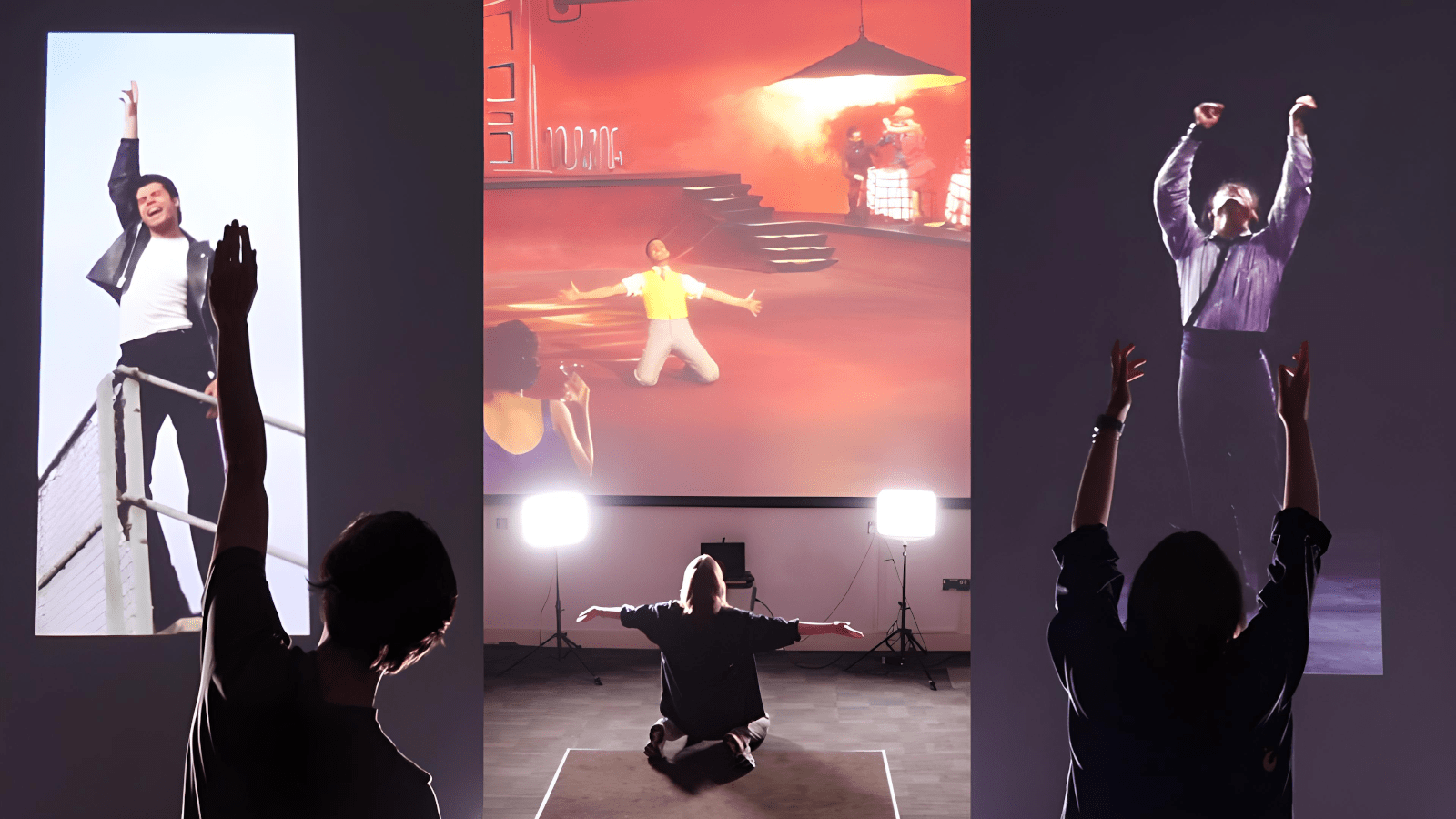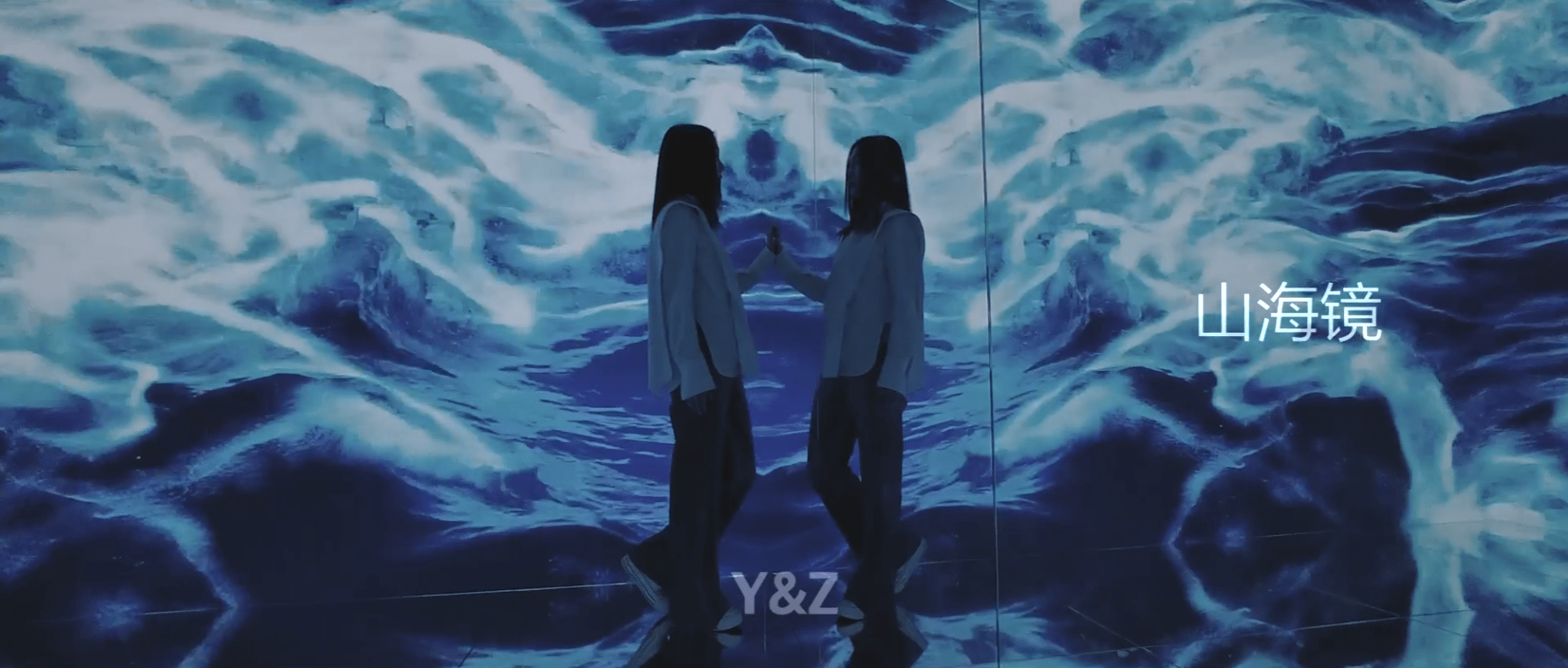IxLab Group Research Project: Research
My definition of “Interaction”
Similar to the notion given by Crowford in the book “The Art of Interactive Design”, my definition of Interaction has three key elements: sensing, responding, and communicating.
Sensing means the gadget or the artwork must be able to sense the actions around it. Only if it can feel the environment, it can “listen”(Crowford 5). Then it should be able to respond to the user to “speak”(Crowford 5). Lastly, communicating is an essential ability. Here, communicating means the procedure of exchanging information. If a work responds to the user randomly but not according to the user’s action, we cannot call the work an interactive one. Only the feedback is based on its “thinking”(Crowford 5) procedure which consists of the information exchange between the user and the artwork, we can call it an interactive work.
To wrap up, interaction is a set of actions between at least two subjects. All of them must be able to sense others(directly or indirectly), respond to others, and communicate with others.
Project Analysis

Project 1: An Interactive Film Installation
This Project is an installation that can detect the user’s actions and movements and find the most similar film or opera clip to display.
In Project 1, the installation perfectly aligns with my definition of interaction and the three-element. Firstly, the installation can capture the user’s action, it has the ability of sensing. Then, it can respond to the user by displaying famous film clips. And obviously, it can communicate with the user. The displayed content is highly according to the user’s movement and actions. The user provides information(actions) for the installation, the installation response to the user, and provides information(similar film clips).
This project perfectly makes the film interactive. The film will not receive any information from the viewer. It’s a one-way output to the viewer. However, this project enables the user to input information into the film.

Project 2: Y&Z | Mirrors of Mountains and Seas
This project is an installation with multiple screens and mirrors to bring the audience an immersive experience.
In Project 2, although the artist said the project is an interactive project, I do not treat it as an interactive one since there’s no communication between the users and the display according to my definition of interaction. To be more specific, the project only has audiences but no users since no one can change the displayed content. The audience can only receive information from the installation but can not give information to it. The only difference between this project and the traditional film is that this project can let the audience get closer to the muti-dimension screens. It uses screens to provide an environment for the audience but there’s no interaction between the audience and the screens.


